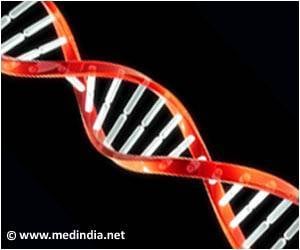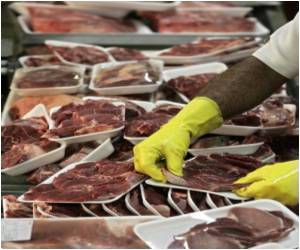A protein was identified by a team of USC scientists that can change DNA topology, making DNA twist up into a so-called supercoil .

Think about twisting one end of a rubber band while holding the other end still. After a few turns, it forms a neatly twisted rope. But if you keep on turning, the twisted band will twist back upon itself into an increasingly coiled-up knot. Similarly, a DNA molecule can be twisted and coiled to varying extents to form different "supercoiled" structures.
Chromosomal DNA forms different supercoiled structures to enable a number of important processes. It turns on or off some genes, while tuning up or down other genes. The study suggests that an overabundance of MCM in a cell may allow certain genes to be overexpressed, and tune down or turn off other important genes, causing the cell to grow out of control and become cancerous.
Chromosomal DNA structure is very important for regulating gene expression of a cell, and thus the physiological status of the cell. Changing DNA topology is one effective way of controlling chromosomal DNA structure. The discovery of MCM's ability to change DNA topology offers a totally new perspective to MCM's role in gene regulation and cancer, said Xiaojiang Chen, professor of molecular biology at the USC Dornsife College of Letters, Arts and Sciences, and corresponding author of the study.
Chen worked with fellow USC professor Susan Forsburg and USC graduate students Ian M. Slaymaker, Yang Fu and Nimna Ranatunga; as well as Daniel B. Toso and Z. Hong Zhou of UCLA and Aaron Brewster of UC Berkeley. Their study was published online by Nucleic Acids Research on Jan. 29.
Chen and his team found that MCM proteins form a filament that looks much like a wide tube, through which the DNA strand spirals its way along the inner tube wall. Inside of the tube is a wide spiral path that has a strong positive electrical charge.
Advertisement
Holding the DNA tightly to the spiral path inside the helical filament tube causes the DNA double-helix to change structure, creating supercoils. Future research by the team will explore how the DNA topology changes caused by MCM impacts cancer cell formation as well as its utility in cancer therapy.
Advertisement














